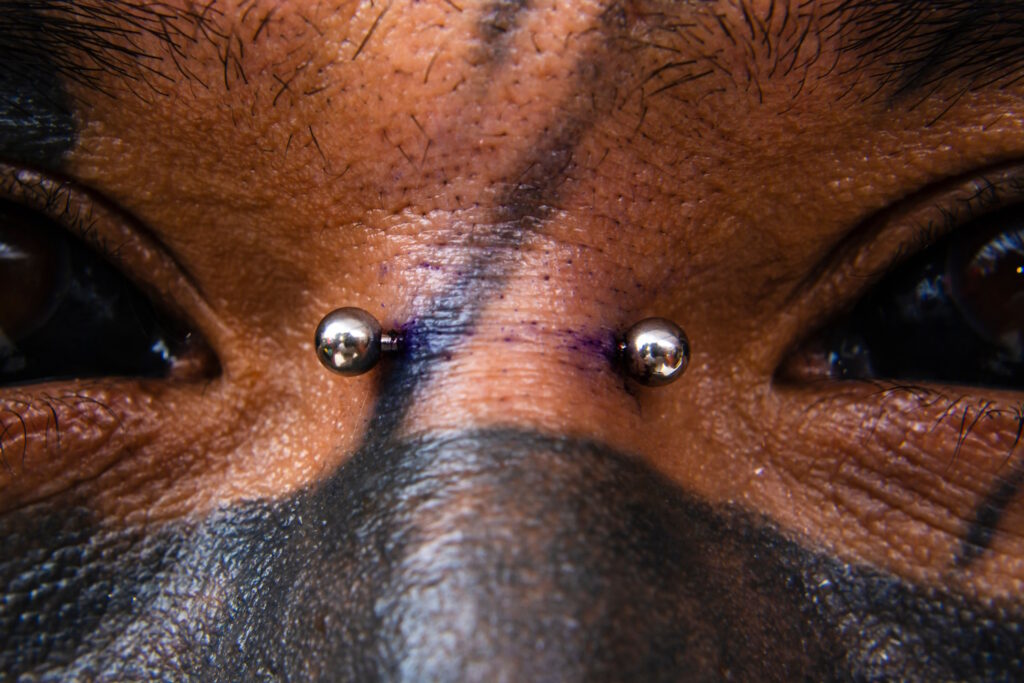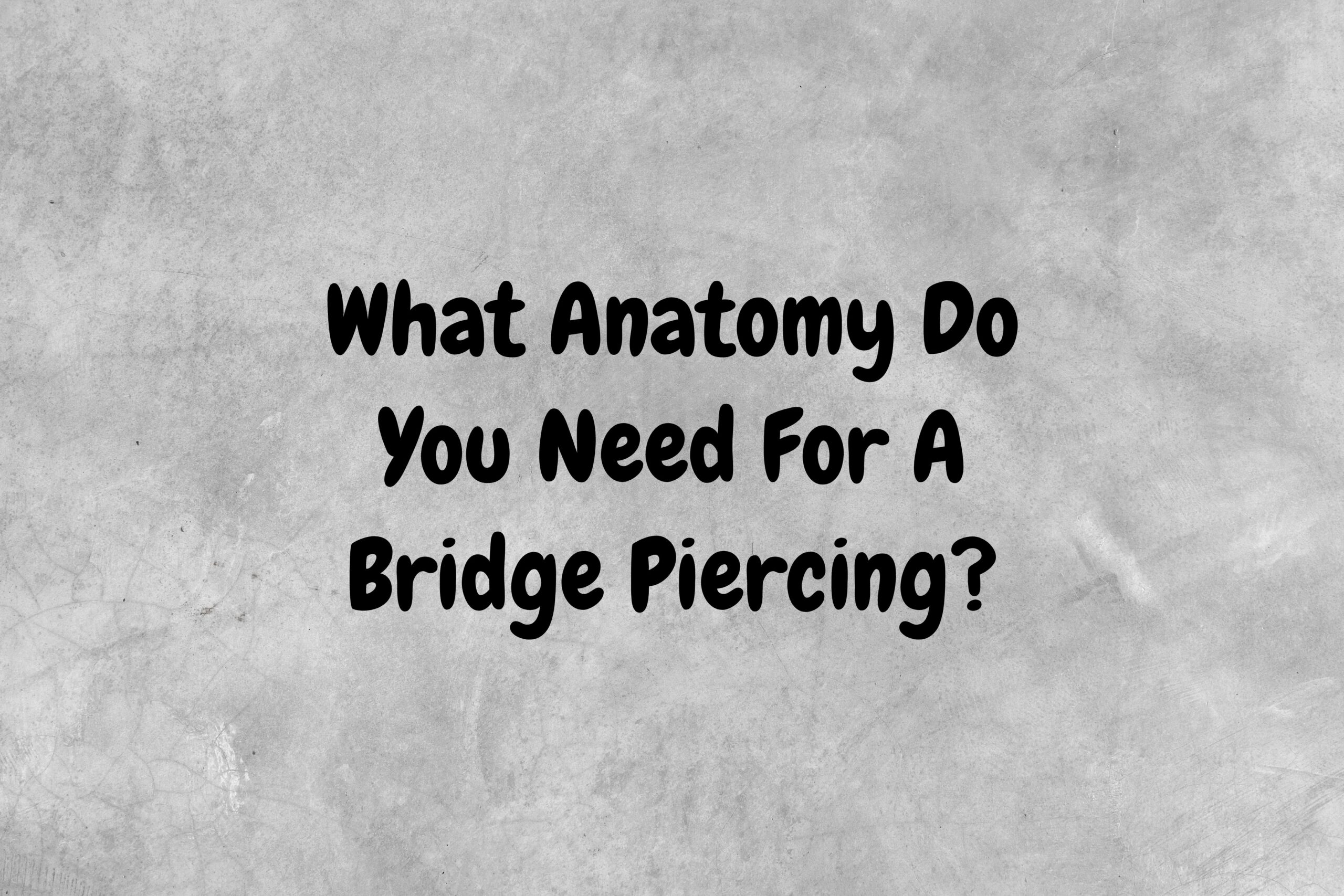Join The Piercing Ya Newsletter
What Anatomy Do You Need For A Bridge Piercing?
Many people who are considering a bridge piercing always ask this question, “What anatomy do you need for a bridge piercing?”.
When considering a bridge piercing, it’s crucial to assess your facial structure. Do you have the appropriate type for this distinct piercing? Positioned on the nose bridge, right between the eyes, the feasibility of this piercing varies greatly based on the person’s unique facial anatomy for the bridge piercing.
- Firstly, Flat and Wide Bridge Area: The most crucial anatomical requirement is having a sufficiently flat and wide area on the bridge of the nose. This space is necessary to accommodate the piercing comfortably and reduce the risk of migration or rejection.
- Secondly, Skin Thickness: The thickness of the skin where you want the bridge piercing also plays a significant role. Thicker skin can offer better support for the jewelry and may lead to a more successful healing process. A thin skin anatomy of the area, on the other hand, may be more prone to issues like scarring and migration when you get the bridge piercing.
- Thirdly, Absence of Prominent Blood Vessels: Ideally, the chosen bridge piercing location should have minimal blood vessels. This will decrease the likelihood of excessive bleeding during and after the procedure.
- Finally, Facial Structure Considerations: While not a strict requirement for the anatomy of the bridge piercing, the overall structure of your face can impact both the aesthetics and practicality of the bridge piercing. Your piercer can help determine the best placement based on your facial features.

Bridge Piercing Anatomy In A Nutshell
Well, ultimately it’s important to consult with a professional piercer. They can assess your individual anatomy and provide guidance on whether this type of piercing is suitable for you. They can also advise on the best type and size of jewelry to use. Remember, even with the right anatomy for a bridge piercing, good aftercare is essential. It prevents infection and ensures a smooth healing process.
See our in-depth article with all the details about bridge piercings here: Bridge Piercing.
Need to find a piercer? Check out the Association of Professional Piercers.

